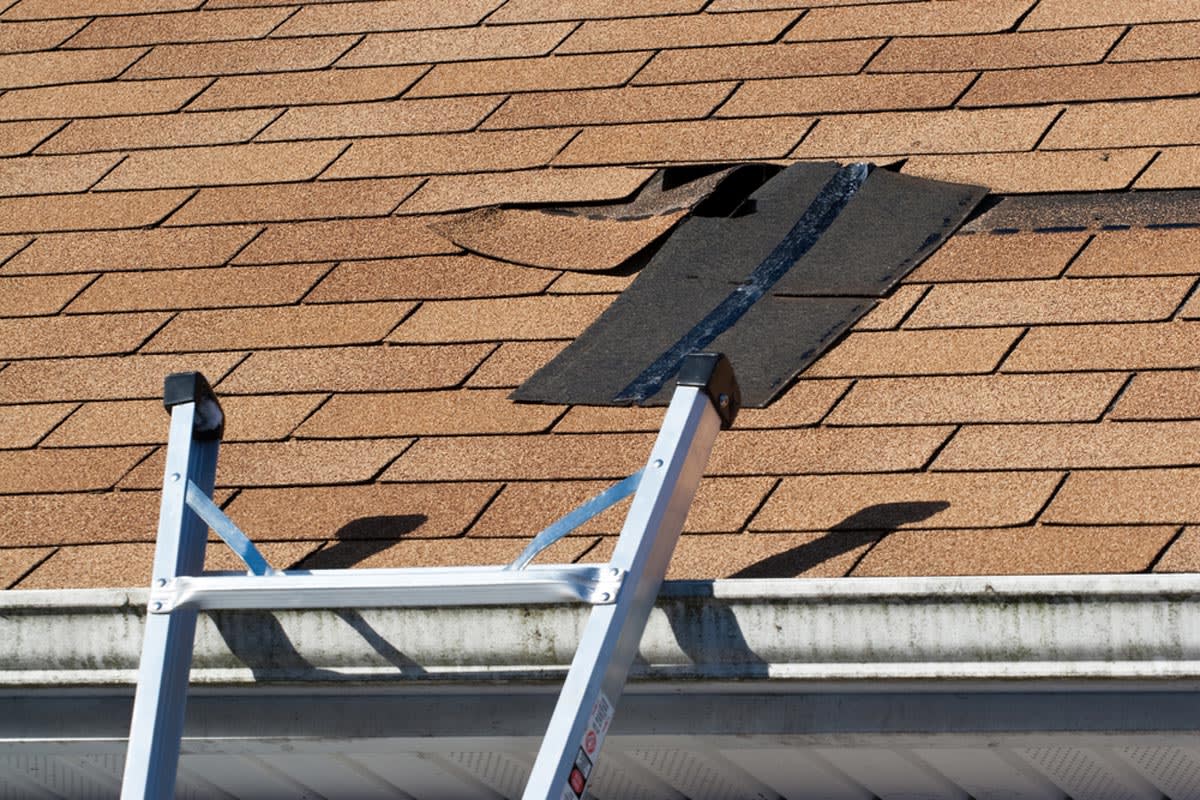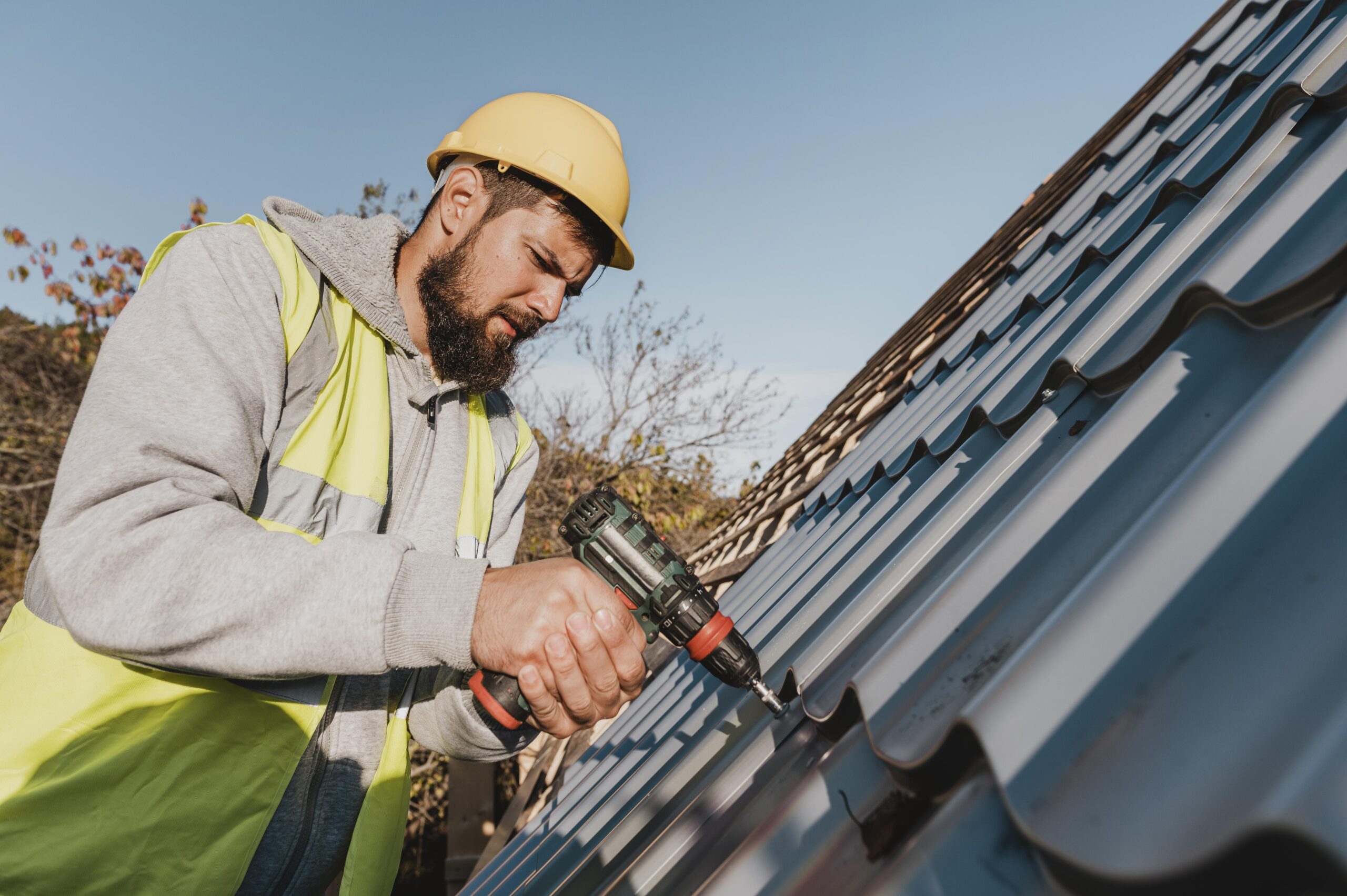Roofing Companies Oahu: Trusted Professionals for Your Roofing Needs
A Property owner's Guide to Kind of Roofs: Choosing the Right Design for Your Needs

Popular Roof Styles
When it comes to choosing a roofing system design, home owners commonly weigh their alternatives thoroughly to make certain both aesthetic appeal and performance. Among one of the most popular designs are the gable, hip, and flat roof coverings, each offering aesthetic characteristics and unique benefits.
Gable roofs, defined by their triangular form, are favored for their basic layout and reliable water drain. This style is especially appropriate for areas with heavy rainfall or snow, as it decreases the risk of water pooling.
Hip roofings, which incline on all 4 sides, offer extra security and resilience, making them an outstanding choice for areas vulnerable to high winds. Their architectural complexity permits for greater design adaptability and can boost the overall curb charm of a home.
Level roofings supply a contemporary visual and take full advantage of functional exterior room, making them preferred for city settings. While they require more maintenance to prevent water accumulation, their streamlined appearance can complement contemporary design.
Eventually, the option of roofing style ought to show the house owner's individual taste while considering factors such as local environment, building design, and possible resale value. Each style adds uniquely to a home's overall personality and performance.

Product Options
Selecting the appropriate roof product is just as crucial as selecting the appropriate design, as it considerably influences the roof's resilience, maintenance needs, and total visual. roofers oahu. Home owners have a selection of choices to think about, each with special advantages and downsides


Metal roof offers exceptional toughness and long life, frequently surpassing 50 years, while additionally being light-weight and resistant to fire and rot. Steel roof coverings can be much more costly upfront.
Clay and concrete ceramic tiles use a timeless look and remarkable lifespan however call for a tough framework due to their weight. These materials are very durable and immune to severe weather. Wood trembles supply a rustic visual yet demand routine maintenance to stop rot and insect damages.
Lastly, artificial roofing products, such as rubber or plastic composites, simulate the look of traditional materials while being low-maintenance and light-weight. Eventually, the choice of roof covering product ought to straighten with the home owner's budget plan, wanted life-span, and upkeep choices, making certain an ideal match for their certain requirements.
Power Effectiveness Considerations
Energy effectiveness plays a crucial function in the general efficiency of a roof, affecting both ecological sustainability and home owner utility expenses. When picking a roof covering, it is necessary to consider products and designs that improve power performance. As an example, reflective roofing materials, frequently described as "awesome roofings," can substantially lower warmth absorption, reducing indoor temperatures and lessening the requirement for cooling.
Additionally, the roof's shade and slope can influence its power efficiency. Lighter colors commonly show a lot more sunlight, while considerably pitched roofings promote far better airflow, decreasing warmth accumulation - roofers oahu. Insulation likewise plays a crucial function; a well-insulated roofing system can avoid warm loss in wintertime and maintain interiors cooler in summertime, therefore enhancing power cost savings
Additionally, incorporating energy-efficient roofing options with photovoltaic panels can additionally decrease power expenses and reliance on nonrenewable sources. Home owners should additionally think about local climate problems when choosing roof products and styles, as these variables directly impact energy intake.
Upkeep Requirements
The durability and efficiency of a roof are significantly affected by the upkeep requirements related to its style and materials. Different roof types require differing levels of maintenance, which can influence both the home owner's time and budget plan.
Asphalt roof shingles, for example, typically call for annual inspections to examine for deterioration, consisting of split or missing tiles. Regular cleansing of gutters is essential to protect against water damage and extend the roof covering's lifespan. Metal roofs, while long lasting, still require regular checks for rust and sealant honesty. These roofs likewise take advantage of cleaning to preserve visual appeal and capability.
Tile roofings, understood for their durability, need much less constant maintenance however call for mindful inspection and replacement of damaged ceramic tiles. Flat roofing systems, although providing modern-day aesthetic appeals, usually need more attention; they call for regular inspection for pooling water and debris removal to this avoid leakages.
Eventually, recognizing the upkeep demands associated with different roofing styles enables home owners to make enlightened choices, guaranteeing the chosen roof system aligns with their way of living and commitment to maintenance. Prioritizing maintenance will improve the roofing's performance and prolong its service life, giving peace of mind for years ahead.
Impact on Resale Worth
When taking into consideration a new roofing system design, home owners ought to recognize that the choice can significantly affect the home's resale value. A well-chosen roof not just enhances aesthetic charm but additionally indicates to potential purchasers that the home is well-maintained and structurally noise. Different roof covering materials and styles bring varying degrees of desirability in the property market.
As an example, asphalt shingles are prominent due to their price and variety of shades, often attracting budget-conscious purchasers. Alternatively, a metal roof covering, while more costly ahead of time, provides longevity and energy performance, which can bring in buyers searching for reduced upkeep and sustainability. In addition, one-of-a-kind designs such as slate or floor tile can add a touch of high-end, possibly raising the home's value in high end markets.
Regional choices also play a crucial duty; homes in locations with hefty snowfall may take advantage of outstanding pitched roofings, while coastal regions might favor long lasting materials immune to saltwater corrosion (roofers oahu). Eventually, house owners need to take into consideration both visual charm and practical advantages when picking a roof. A thoughtful option makes sure that the investment not just satisfies personal requirements however also improves the residential property's bankability and resale possibility
Verdict
Finally, Source choosing the appropriate roof style necessitates a cautious assessment of various aspects, including regional climate, building design, and upkeep needs. Each roof option, whether it be gable, hip, or flat, has unique advantages and drawbacks that affect energy efficiency and possible resale value. Inevitably, a well-informed choice relating to roof covering option can boost the visual charm, capability, and durability of a home, guaranteeing it stays a valuable property for years ahead.
Choosing the proper roof design for your home is a vital decision that can substantially affect both looks and functionality. While gable roof coverings succeed in water drain, hip roof coverings may use better durability versus wind.When considering a brand-new roof covering style, property owners need to identify that the selection can Check This Out significantly influence the residential or commercial property's resale worth. Inevitably, house owners need to consider both aesthetic appeal and practical benefits when choosing a roof covering.In conclusion, choosing the suitable roofing style requires a cautious examination of different variables, consisting of local environment, architectural layout, and upkeep demands.